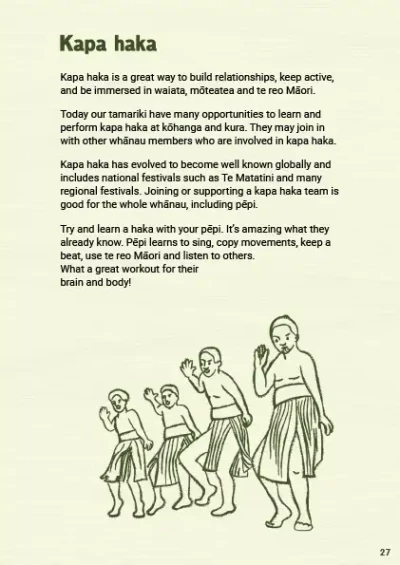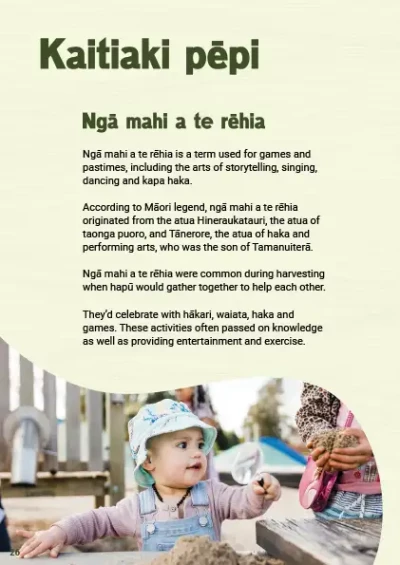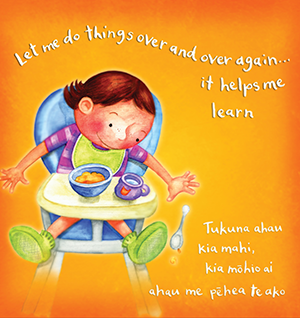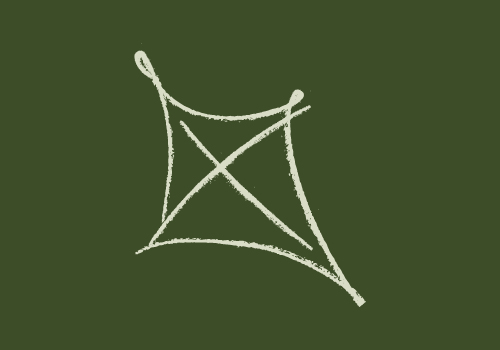
Big muscle development
Developing the big muscles in the arms, legs and torso is crucial for children's physical development. Tamariki need lots of opportunities for physical movement in safe environments to build these big muscles and their gross motor skills.
An area of development that whānau will notice most is their child’s ability to move and ‘get up and go’ – their gross motor skills. These skills are developed by moving the big muscles in the arms, legs and torso. In contrast, fine motor skills are developed through moving the smaller muscles in the hands and fingers.
Motor development progress
Every child develops their own unique way of moving around – some babies crawl on all fours, some on one-foot-one-knee, and others move along on their bottoms, commonly known as ‘bum shuffling’.
Tamariki usually progress from holding onto and walking around the furniture, called cruising, to stooping to pick something up off the floor and standing up again to explore it. These actions strengthen the big muscles in their legs, abdomen and back.
By 15 months, most toddlers can confidently stand on their own, and walk independently. Most will be able to throw a ball while sitting or standing. They also develop big muscle skills through climbing and carrying something while walking. Tamariki will likely spend much of their day exploring and practising movements as they play.
Developing big muscles
Babies need plenty of time playing and moving on the floor and outdoors to exercise both sides of their brain and body. Toddlers consolidate their motor skills and coordination by repeating movements over and over again. Repetition makes important connections between brain cells stronger and eventually permanent. Whānau will notice how their child’s movements become smoother and more efficient through repetition.
Toddlers need their whānau to provide:
- supervision
- a safe environment
- opportunities to be active indoors and outdoors.
Try an activity
Chasing games
Playing chasing games together is an easy way for whānau to keep tamariki active while also strengthening their relationships through shared enjoyment.
Encouraging movement
Explore with whanāu the different ways they can support their toddler to move.
Music is a great way to encourage children to dance, run and move. Kapa haka is a rich learning experience that promotes the development of the big muscles. Toddlers may be too young to be official members of a kapa haka group, but they’re always watching and listening, and they’ll want to copy the haka and actions they see and hear.
Parks are great places that encourage movement and exploration. Tamariki will naturally run and climb, stoop and pick things up.
Gather and share details about local opportunities for music and movement groups that parents might be interested in, and local parks they can easily access.
Conversation ideas
Helpful resources for whānau
-
Play idea: Physically active play – Korikori
Ministry of Education
Ideas to help you find ways every day for your child to use their large and small muscles, develop their physical skills, and gain more control over their body.
-
Growing great brains<
Growing great brainsJason Tiatia from the Brainwave Trust shares some tips on helping pēpi grow great brains.














